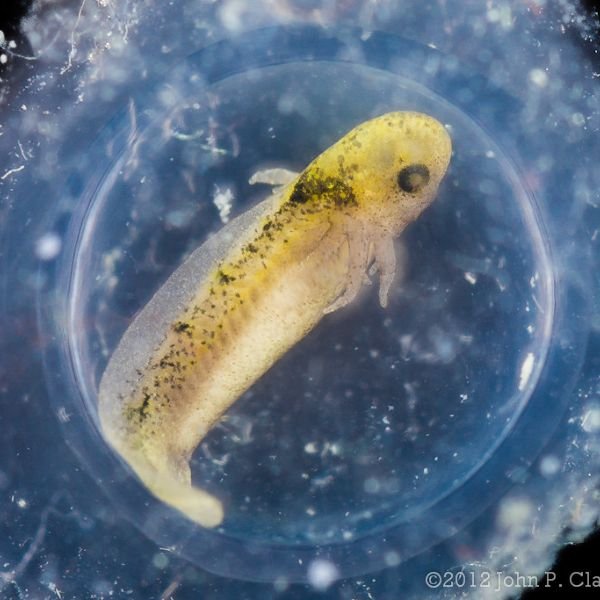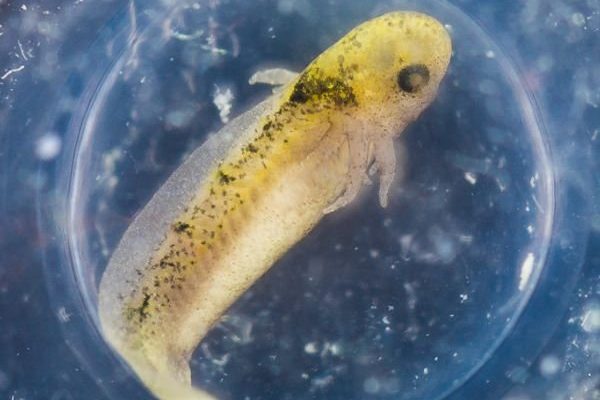
So, if you’re considering adding breeding axolotls to your list of hobbies, you’re in for an exciting journey. From understanding their habitat needs to watching those tiny eggs hatch and grow into adorable larvae, it’s a process that’s filled with wonder. Let’s dive in and explore how to breed axolotls step by step!
Understanding Axolotl Basics
Before we jump into breeding, let’s take a moment to understand these charming creatures. Axolotls are aquatic salamanders native to Mexico. They stay in their larval form throughout their life, which means they live underwater, and you won’t see them developing into adult salamanders like you might expect from other amphibians. Instead, they keep their external gills and have a unique, almost otherworldly appearance.
When breeding axolotls, it’s essential to know that they reach maturity at about 6 months to a year old. Males and females can be distinguished by their physical features; males typically have a more slender body and a more prominent cloaca, which is their reproductive opening. Females are generally stockier and can be noticeably rounder when they’re full of eggs. Recognizing these differences is crucial for successful breeding.
Creating the Perfect Breeding Environment
Now that you’ve got a grasp on axolotl basics, let’s talk about the right environment for breeding. Axolotls thrive in cool, clean water with specific temperature and pH levels. Ideally, you should maintain the water temperature between 60°F to 68°F. Anything above that can stress them out and hinder breeding.
Here are some key points to consider when setting up your breeding tank:
- Tank Size: A spacious tank (at least 20 gallons) is ideal for breeding. More space means less stress.
- Water Quality: Use a filter to keep the water clean, but ensure it doesn’t create strong currents since axolotls prefer calm waters.
- Substrate: Fine sand or bare bottom works best. Avoid gravel, as axolotls might ingest it, leading to health issues.
Adding some plants or hiding spots can make the environment feel more secure for your axolotls, encouraging them to breed. Think of it as setting up a cozy home where they can feel relaxed and safe.
Choosing the Right Breeding Pairs
Choosing the right axolotls to breed is crucial. Ideally, you want to select healthy adults with vibrant colors and good genetics. Many axolotls come in different colors, including leucistic (white with pink hues), golden albino, and wild-type. Make sure to avoid breeding siblings to reduce the risk of genetic problems.
Here are some tips to help you select the best breeding pairs:
- Health First: Check for any signs of illness or abnormal behavior in your axolotls. A healthy pair will likely produce healthier offspring.
- Compatibility: Males and females should feel comfortable with each other. Introduce them gradually and observe their behavior.
- Age Matters: Avoid breeding axolotls younger than six months to ensure they’re mature enough.
It’s a bit like matchmaking—finding two compatible partners who will get along and produce healthy offspring together.
Breeding Process: What to Expect
Once you’ve set up the environment and chosen your breeding pair, it’s time to encourage the breeding process. You’ll know it’s the right time when the female appears round with eggs. The breeding usually involves some courtship behavior, where the male will perform a dance-like motion to attract the female.
During the breeding, you might witness the male chasing and nudging the female. It’s essential to monitor their interactions closely. Once the female is ready, she’ll lay her eggs, which are typically grouped together in clusters. Each cluster can contain hundreds of eggs!
Here’s a quick breakdown of what happens next:
- Egg Laying: The female can lay anywhere between 100 to 1,000 eggs at a time!
- Fertilization: The male fertilizes the eggs externally, which is a critical step in the process.
- Egg Care: Remove the adults after egg-laying to prevent them from eating the eggs.
Watching this process is a bit like witnessing a miracle – so many tiny potential axolotls ready to hatch!
Caring for Axolotl Eggs
After the eggs are laid, it’s time to focus on their care to ensure they develop into healthy larvae. Axolotl eggs are quite delicate, so creating the right conditions is key. Keep the water clean and at the right temperature, as mentioned earlier.
Here are some tips for egg care:
- Water Conditions: Maintain a stable environment. Any fluctuations in temperature or pH can harm the eggs.
- Air Pump: Using an air pump can help provide gentle aeration without disturbing the eggs.
- Monitoring: Check the eggs regularly for any signs of fungus or decay. If you spot any bad eggs, remove them immediately to prevent spreading.
Patience is essential during this time. The eggs will typically hatch within 10 to 14 days, depending on the water temperature. Think of it as waiting for a gift to arrive—exciting yet nerve-wracking!
From Eggs to Larvae: The Hatching Stage
When the eggs hatch, you’ll find tiny larvae swimming around, looking just like miniature versions of their parents. This is where the fun really begins! The larvae will feed on infusoria or very fine food. They have tiny mouths and need smaller food particles to thrive.
Here’s a quick guide on what to do next:
- Feeding: Start with small amounts of crushed food or specialized food meant for axolotl larvae. Gradually increase their portions as they grow.
- Separate Spaces: If you have a lot of larvae, consider separating them into smaller tanks to avoid competition for food.
- Monitoring Growth: Keep an eye on their growth rate and adjust feeding accordingly.
Watching them grow from tiny larvae into young axolotls is incredibly rewarding. They’ll begin to develop their limbs and start looking more like adult axolotls as they mature.
Breeding axolotls is a fulfilling adventure filled with intrigue and excitement. From creating the perfect habitat to watching those little eggs hatch, every step is a chance to learn and connect with these captivating creatures. Remember, patience and attention to detail are key to successful breeding.
So if you’re ready to embark on this journey, gather your gear, set up that tank, and prepare for the joy of watching new life come into the world. There’s nothing quite like seeing those little larvae swimming around, full of potential. Happy breeding!

